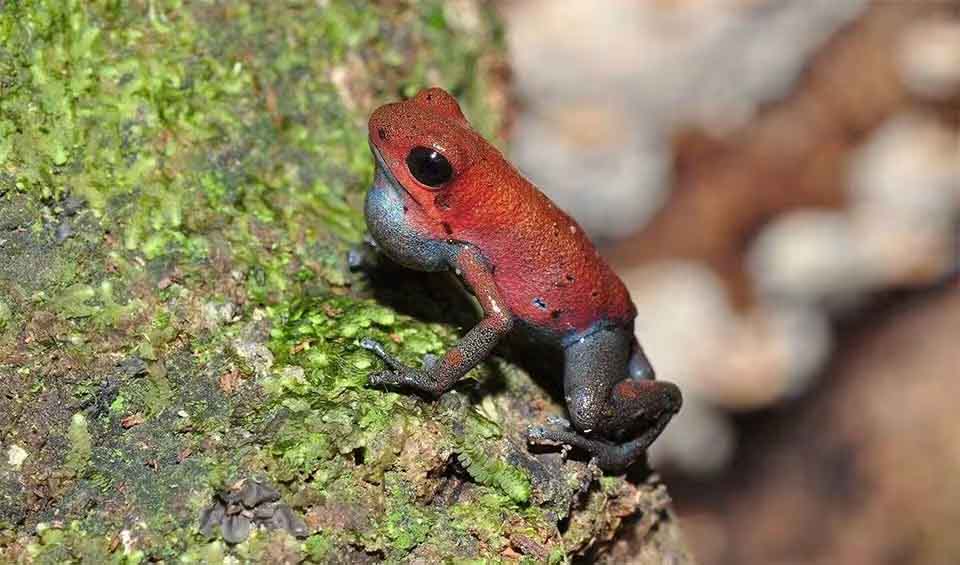Oophaga
Genus of the model organisms for studying aposematism (using warning colors to deter potential predators)
These poison dart frogs are a captivating genus of diurnal and terrestrial amphibians found primarily in Central and South America. One of the most striking features of poison dart frogs is their aposematic coloring, which serves as a warning to potential predators. These frogs exhibit vibrant hues and bold patterns that signal their toxicity or unpalatability. This unique adaptation provides them with a form of defense against would-be attackers.
Within the Oophaga genus, these frogs display physical aggression between males and demonstrate a strong sense of territoriality. They are known for tenaciously guarding their breeding grounds, and one way they maintain territorial boundaries is by producing loud calls throughout the night. These calls serve to establish dominance and deter intruders.
Interestingly, these frogs employ a unique strategy to prevent violent fights among males and conserve energy. Instead of engaging in physical combat, they use vocalization to assert dominance. The larger the frog, the deeper its call. Smaller frogs naturally retreat from the territory of larger individuals, avoiding potentially harmful confrontations. This vocal communication and avoidance behavior contribute to the maintenance of social order within their populations.
While poison dart frogs are admired for their captivating appearances and intriguing behaviors, they are also commonly kept as pets. However, captive breeding of these frogs can be challenging due to their specialized dietary and environmental requirements. Among the various species in the genus, the strawberry poison dart frog (Oophaga pumilio) is more commonly bred in captivity and is considered relatively straightforward to maintain and reproduce.
Species in this genus
Strawberry poison dart frog
Don’t mistake this creature for a juicy strawberry, as this is the most toxic member of its genus


